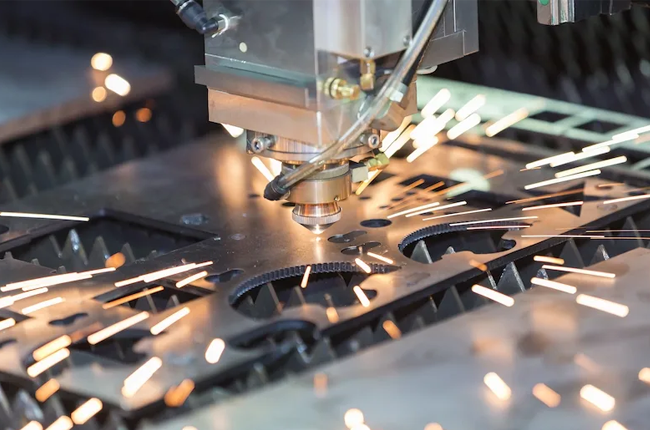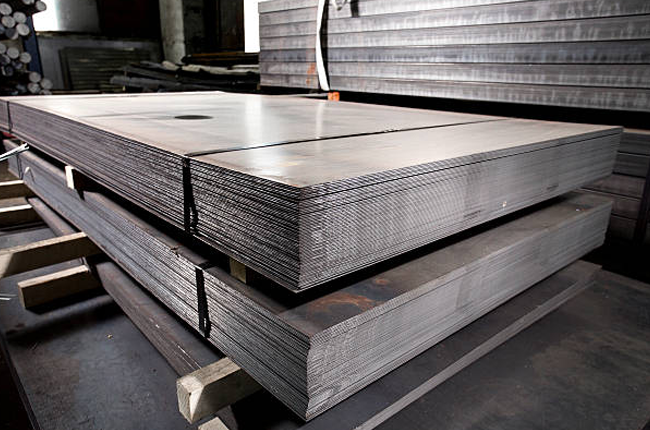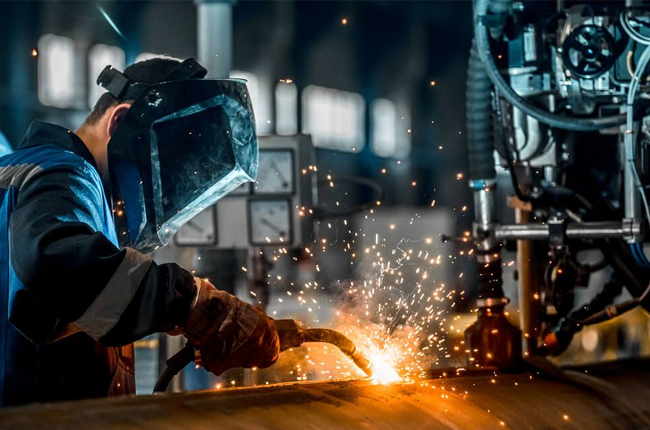Understanding the Cost Factors in Sheet Metal Fabrication: Tips for Budgeting Your Project

Sheet metal fabrication is a major process in many industries, from automotive to construction. However, the costs associated with sheet metal fabrication can vary significantly depending on various factors. Whether you're a DIY enthusiast or a business owner, understanding these cost factors is important for budgeting your project effectively.
Material Selection

One of the most significant cost factors in sheet metal fabrication is the material itself. The type of metal you choose can greatly impact the overall cost of your project. Common materials used in sheet metal fabrication include mild steel (Cold rolled (CR), Hot rolled (HR)), aluminum, and stainless steel. Steel is often the least expensive option, while aluminum and stainless steel tend to be pricier.
When selecting a material, consider factors such as strength, corrosion resistance, and appearance. While steel may be cheaper upfront, stainless steel's resistance to corrosion might save you money in the long run by reducing maintenance and replacement costs.
Thickness of the Metal
The thickness of the metal also affects the cost of fabrication. Thicker sheets require more material and more extensive processing, resulting in higher costs. However, thicker sheets may be necessary for structural integrity or specific applications.
Before deciding on the thickness of the metal, carefully evaluate your project's requirements. Opting for a thinner gauge where possible can help reduce costs without compromising functionality.
Complexity of Design

The complexity of your design plays a significant role in determining fabrication costs. Intricate designs with multiple bends, cuts, or curves require more time and precision to manufacture, leading to higher costs.
Simplifying your design whenever possible can help lower fabrication costs. Consider whether certain features are necessary or if they can be eliminated or simplified without sacrificing functionality.
Volume of Production
The volume of parts you need fabricated also affects the overall cost. In general, the more parts you order, the lower the cost per unit due to economies of scale. Manufacturers often offer discounts for larger production runs.
If you have a large project, consider ordering all parts at once to take advantage of volume discounts. However, if you only need a small quantity of parts, explore options such as laser cutting or waterjet cutting, which may be more cost-effective for low-volume production.
Tolerance Requirements

Tolerance refers to the allowable deviation from the specified dimensions in a design. Tighter tolerance requirements demand higher precision during fabrication, which can increase costs.
Carefully assess your tolerance requirements and consider whether tighter tolerances are necessary for your application. Looser tolerances may be acceptable for some projects and can help reduce fabrication costs.
Finishing Options
The finishing process adds the final touches to your sheet metal parts, improving their appearance and functionality. Common finishing options include painting, powder coating, plating, and anodizing. However, each finishing method incurs additional costs.
When budgeting for your project, consider the finishing options carefully. While a simple paint finish may be more affordable, a more durable coating like powder coating may offer better long-term value.
Labor Costs

Labor costs are a significant component of sheet metal fabrication expenses. Skilled labor is required to operate machinery, perform precision cuts and bends, and assemble the final product.
Factors such as location and the expertise of the fabrication team can influence labor costs. While outsourcing fabrication to a low-cost region may seem like a cost-saving solution, it's essential to ensure quality and reliability.
Shipping and Logistics
Finally, don't overlook shipping and logistics costs when budgeting for your project. The weight and size of your parts, as well as your location and delivery requirements, can impact shipping expenses.
To minimize shipping costs, work with local fabricators whenever possible. Additionally, consolidate orders to reduce the number of shipments and take advantage of bulk shipping discounts.
Wrapping up!
Understanding the cost factors in sheet metal fabrication is essential for budgeting your project effectively. By carefully considering material selection, design complexity, volume, tolerance requirements, finishing options, labor costs, and shipping logistics, you can optimize your project's budget and achieve the desired results within your financial constraints.